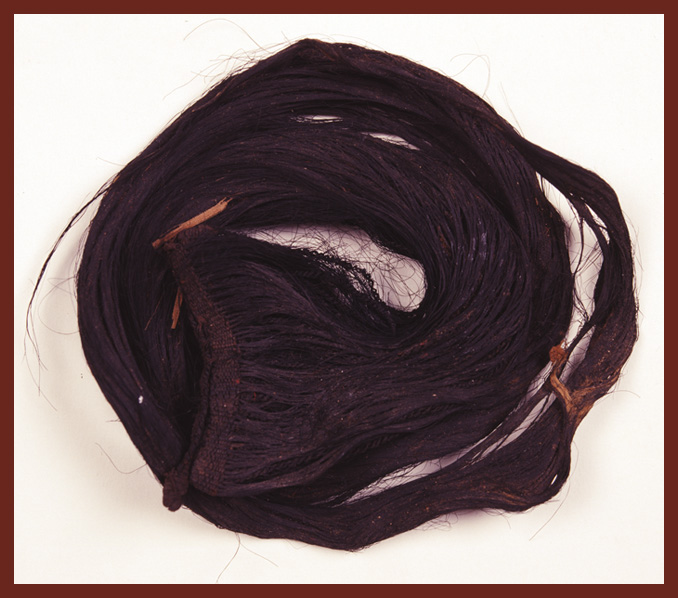Hairpiece
Date:Western Han (206 BCE-9 CE)
Origin:Unearthed from Han Tomb 1 at Mawangdui in 1972
Underneath the authentic hair of Xin Zhui’s body, there was a hairpiece in the form of coiled-up ji (a bun hairstyle). The old lady Xin Zhui herself had very brown sparse hair, scattered and thin, of blood type A. The hairpiece had thick black hair of blood type B, covering the scalp of the corpse like a toupee. Thick black hair was something people adored, but not every woman was able to possess such beautiful hair. So, it was a fairly common practice for women of the Han Dynasty to wear wigs. Xin’s Zhui, because her own hair was both sparse and brown, certainly needed to use wig for decorative purposes.
